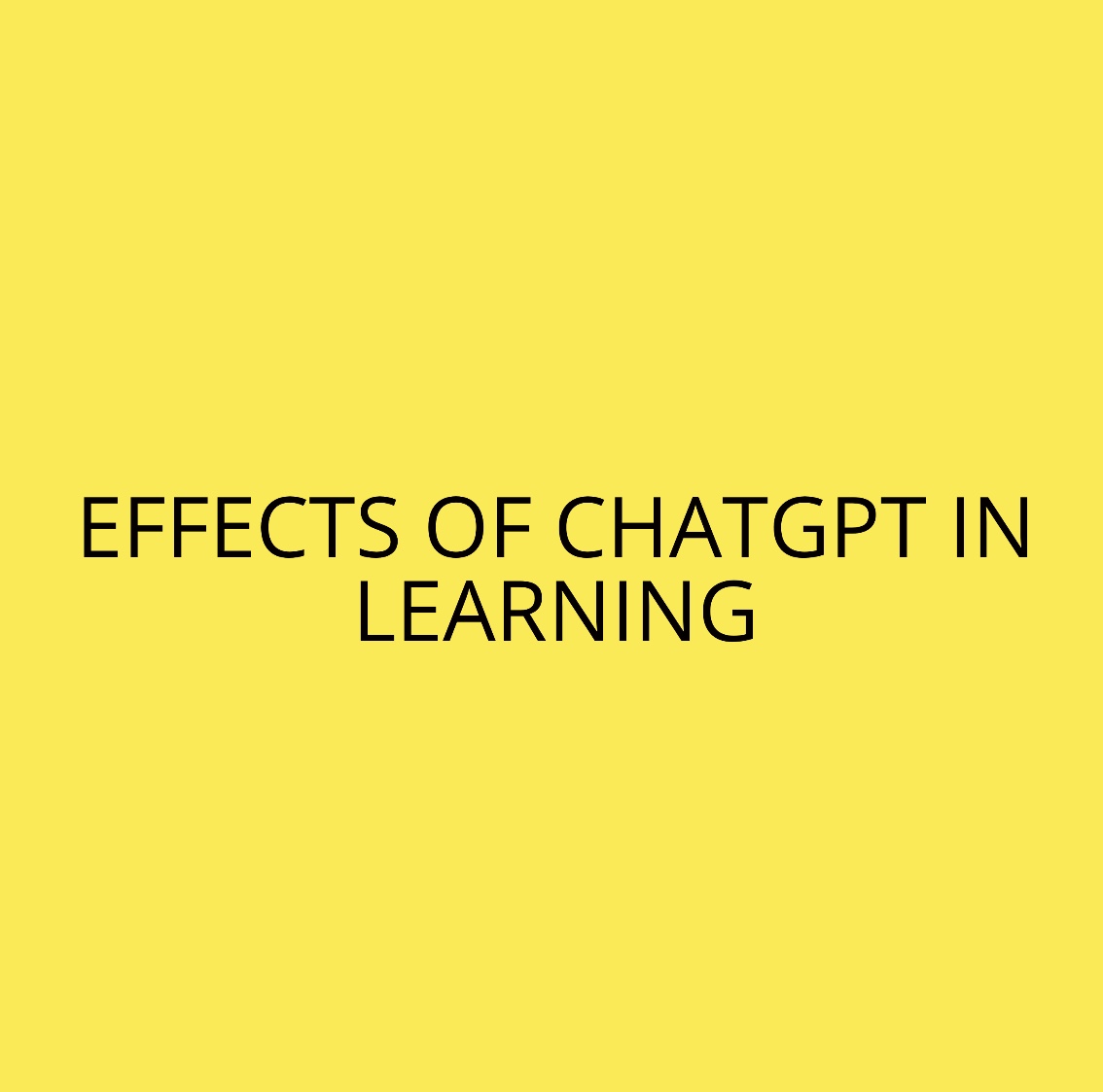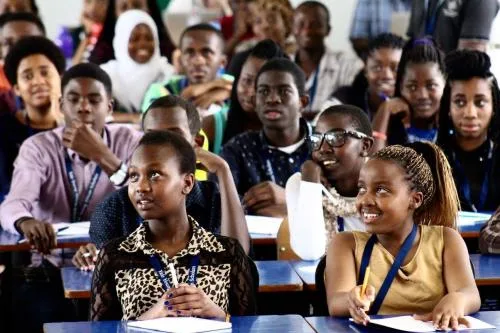Effects of ChatGPT in learning;
ChatGPT is an artificial-intelligence chatbot developed by OpenAI and launched in November 2022.
In addition, It is built on top of OpenAI’s GPT-3 family of large language models and has been fine-tuned (an approach to transfer learning) using both supervised and reinforcement learning techniques
Furthermore ChatGPT was launched as a prototype on November 30, 2022, and quickly garnered attention for its detailed responses and articulate answers across many domains of knowledge. Its uneven factual accuracy, however, has been identified as a significant drawback.
Following the release of ChatGPT, OpenAI’s valuation was estimated at US$29 billion in 2023.
Although the core function of a chatbot is to mimic a human conversationalist, ChatGPT is versatile.
For example, it can write and debug computer programs, compose music, teleplays, fairy tales, and student essays; answer test questions (sometimes, depending on the test, at a level above the average human test-taker); write poetry and song lyrics; emulate a Linux system; simulate an entire chat room; play games like tic-tac-toe; and simulate an ATM.
Although ChatGPT’s training data includes man pages and information about Internet phenomena and programming languages, such as bulletin board systems and the Python programming language.
In comparison to its predecessor, InstructGPT, ChatGPT attempts to reduce harmful and deceitful responses.
In one example, whereas InstructGPT accepts the premise of the prompt “Tell me about when Christopher Columbus came to the U.S. in 2015” as being truthful, ChatGPT acknowledges the counterfactual nature of the question and frames its answer as a hypothetical consideration of what might happen if Columbus came to the U.S. in 2015, using information about the voyages of Christopher Columbus and facts about the modern world – including modern perceptions of Columbus’ actions.
Unlike most chatbots, ChatGPT remembers previous prompts given to it in the same conversation; journalists have suggested that this will allow ChatGPT to be used as a personalized therapist.
To prevent offensive outputs from being presented to and produced from ChatGPT, queries are filtered through OpenAI’s company-wide moderation API,and potentially racist or sexist prompts are dismissed.
In this article, you will learn some of the negative effects of ChatGPT in learning;
1. It can be inaccurate:
On several occasions, regular users of ChatGPT can attest to the fact that it can give out wrong or inaccurate answers. To the extent that it can even give wrong health and medical information.
Moreover, it lacks the ability to give authentic answers to mostly maths and other logical questions.
Although ChatGPT is an incredible learning tool for every user but it is important not to digest every information without verifying if it’s correct or not.
2. It can lead to unemployment:
The rate at which technology is growing, ChatGPT can turn a lot of employees into unemployed people since the app can conveniently carry out the jobs of humans. In addition, some employers can decide to cut cost by laying off staffs and use ChatGPT which is less expensive and easy to use.
3. It can promote fraudulent activities:
ChatGPT can conveniently create answers to questions that can promote and enhance Scam and other fraudulent activities.
Certain data that can be used to scam and manipulate people can easily be accessed with ChatGPT since it has the in built ability to create and formulate answers to questions though it might not always be correct.
Are you a school owner and you need a web solution to digitize your school work click here to signup for free.




